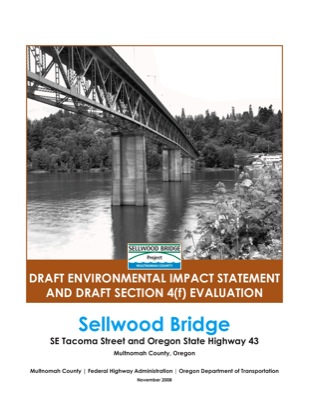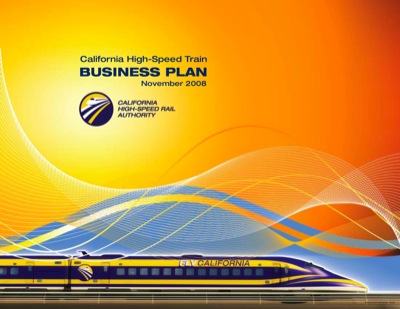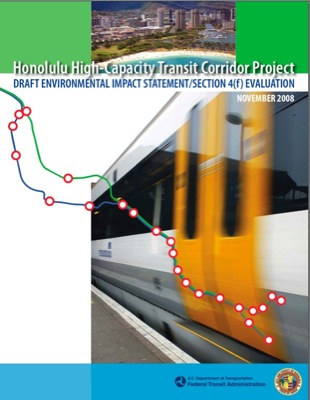Remember when TreasSec Henry Paulson got down on his knee to beg Nancy Pelosi to support his $700 billion recovery plan? He said he would use the money to buy mortgage securities in order to set a floor on their value and restore faith to the credit markets. Treasury Department wonks talked about reverse Dutch auctions and other fancy ways of making sure that the bailout would succeed and maybe even earn a profit for taxpayers.
Immense pressure was put on Congress to pass the bill authorizing Paulson’s plan. “If there is even the slightest chance it will work,” one congressman said, “we should do it.”
Now, a mere seven weeks after Paulson bent his knee, not only is there not the slightest chance it will work, there is not even the slightest chance that Paulson is going to do it. Paulson now admits that “it was clear to me” as early as October 3, the date the President signed the bailout bill, “that purchasing troubled assets” would not work. But he waits almost six weeks to tell us?










